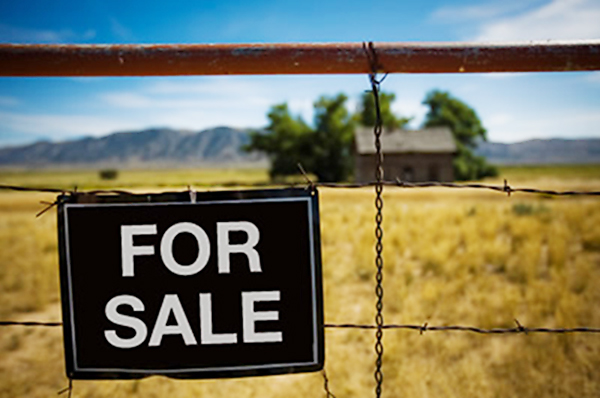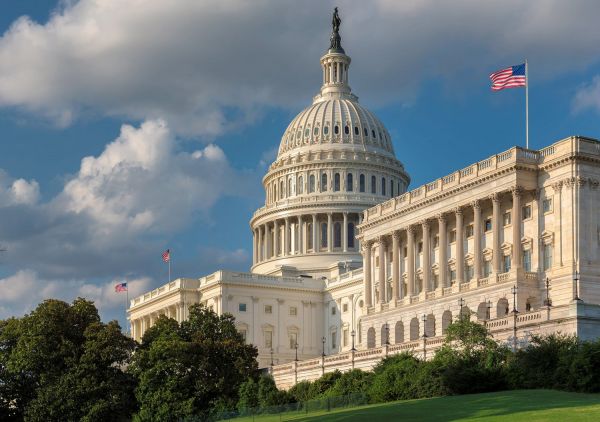LINCOLN, NE – An annual report from the USDA shows that cropland values continue to increase, and an ag economist says producers should be cautious before buying any land.
Jim Jansen with the University of Nebraska-Lincoln says prices are unlikely to improve anytime soon. “It’s the rising cost of that asset coupled with higher interest rates are a challenge that many operations are going to be facing, and the ability to make that down payment or get favorable terms on their loan are two major considerations operations need to be thinking about.”
Land Values 2023 Summary Report
He tells Brownfield Ag News prices are at an-all time high across the Corn Belt partly due to the parcel’s ability to produce a good crop. “The earning potential has become capitalized, which means people are piling their earnings or capitalizing their proceeds that they made off that land or other parcels of land into the purchase of that asset meaning they are willing to bid that price up.”
Jansen says the cost of borrowing has been good for farmers, but that is changing because of higher interest rates. “And that is something that will take effect more so in the future years to come, but historically interest rates have been low, and that’s some of the reason we’re seeing these record prices.”
USDA’s 2023 Land Values Summary shows cropland values increased 8 percent to $5,460 per acre on average, and real estate values increased 7.4 percent to $4.080 per acre.
Cropland values increased by: 16.6 percent in Kansas to $3,440 per acre, 13.8 percent in Nebraska to $6,830, 12.9 percent in South Dakota to $4,440, 11.8 percent in Wisconsin to $6,710, 11.3 percent in Michigan to $5,900, 10 percent in Minnesota to $6,820, 8.6 percent in Iowa to $10,100, 8.6 percent in Ohio to $8,200m 8.4 percent in Indiana to $8400, 7 percent in Illinois to $9,580, 6.7 percent in Missouri to $4,610 and 2.3 percent in Arkansas to $3.180.












